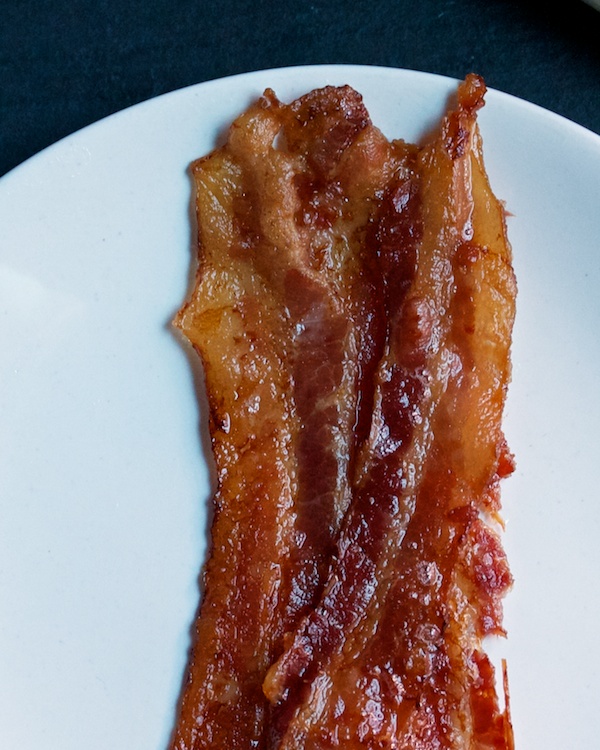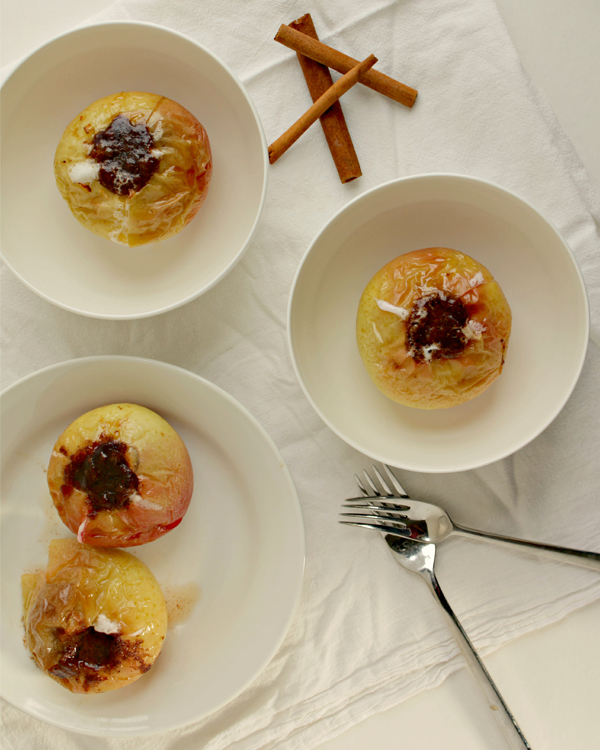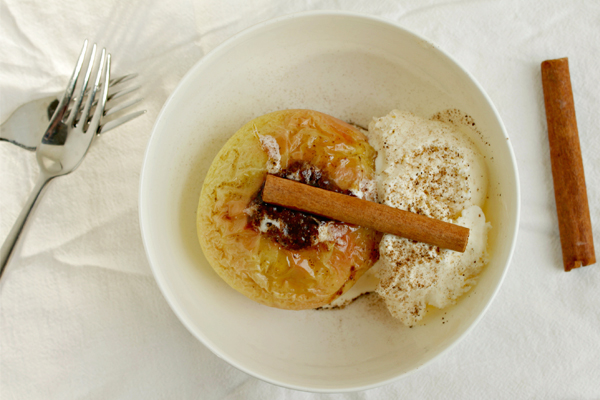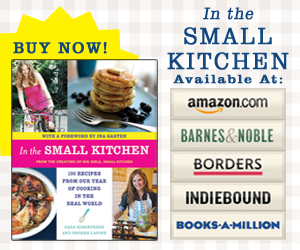I got prematurely sick of roasted vegetables this season. Every food lover lauds the almost-black, crispy exterior and sweet interior of roasted broccoli and roasted sweet potatoes, all while not-so-quietly demeaning the taste and texture of vegetables boiled or steamed. I’m back on the roasted ones by now, don’t worry, it was a temporary case of over-it-ness, but in the couple weeks when I didn’t want to turn on the oven and arrange little pieces in one layer on a baking sheet, I rediscovered two techniques that I’d pushed to the side: steaming and stir-frying. In today’s dish, we’re going to do both.
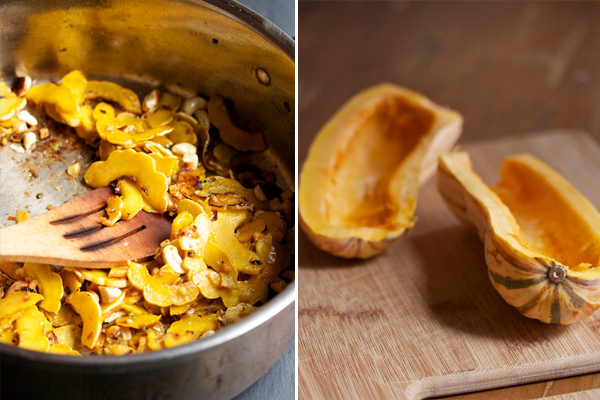
First, steaming, the happiest and longest lost rediscovery. Vegetables get sweeter and somehow become more themselves after some time in the sauna. If you’re aching for a post-Thanksgiving healthy snack, I’d say look no further than a cup of steamed broccoli, cooked 5 minutes past the point of crunch, and maybe dressed with some thinned-out tahini. For squash, steaming makes cooking time quicker, and especially with delicata-which you don’t have to peel-sets you up for a fast stir-fry after, because the squash is already almost done.
You even get to do the rest of the prep work while the squash steams. Then comes the stir-fry action, when the thin slices of squash absorb the warmth of garlic, ginger, hot pepper, and scallions, becoming a sweet and spicy mess of vegetables that turns into a seriously good bowl lunch or dinner with some help from brown rice and toasted cashews.

Just so you know, this dish isn’t a super saucy one, because I wanted to taste the squash and the ginger and the heat, rather than the soy sauce. So this is a dry fry. Feel free to add much more wine or drizzle soy sauce at the end if you want something to moisten your rice.



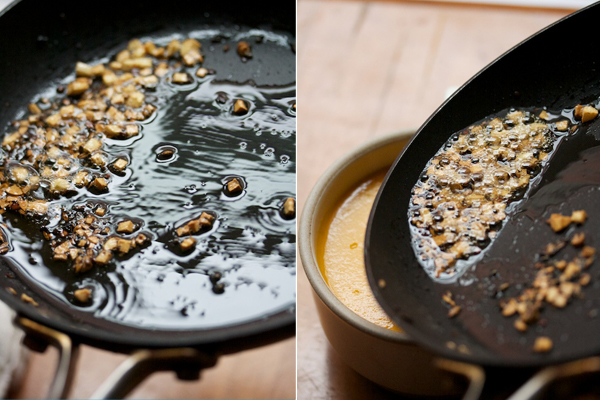



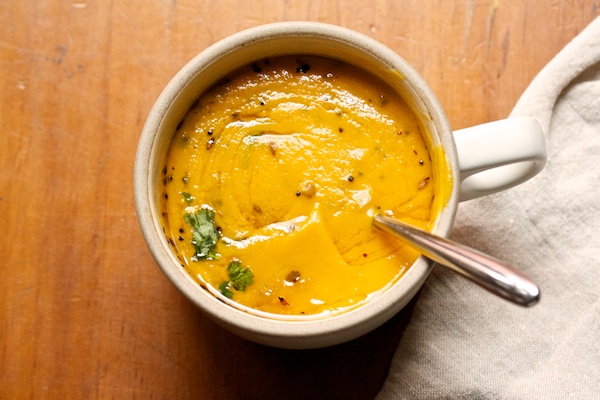
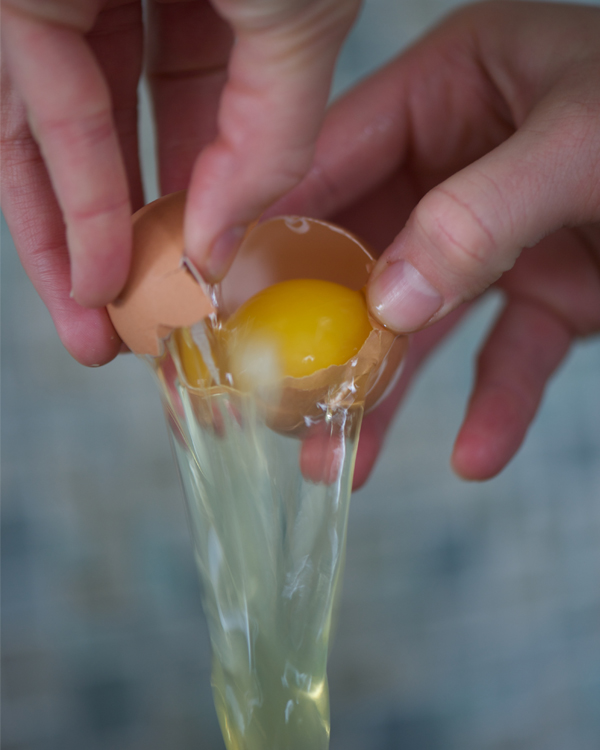
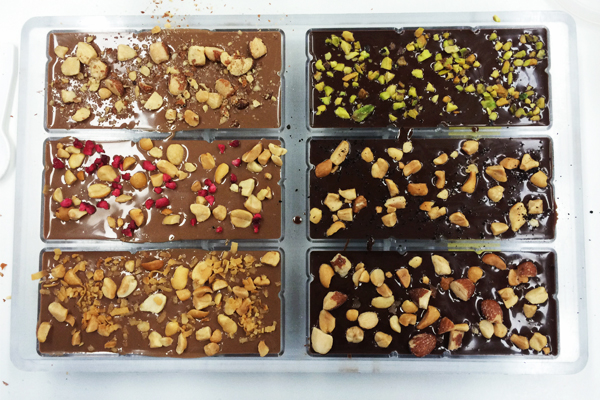
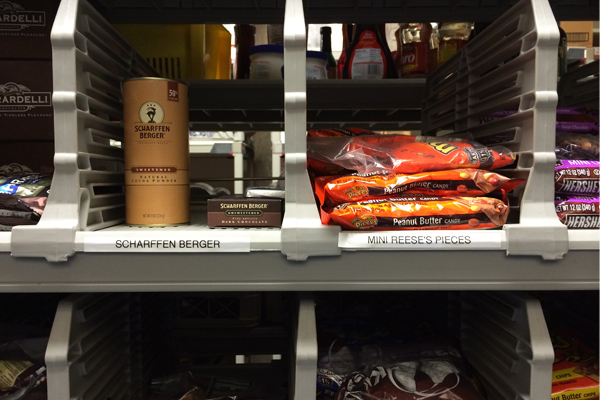
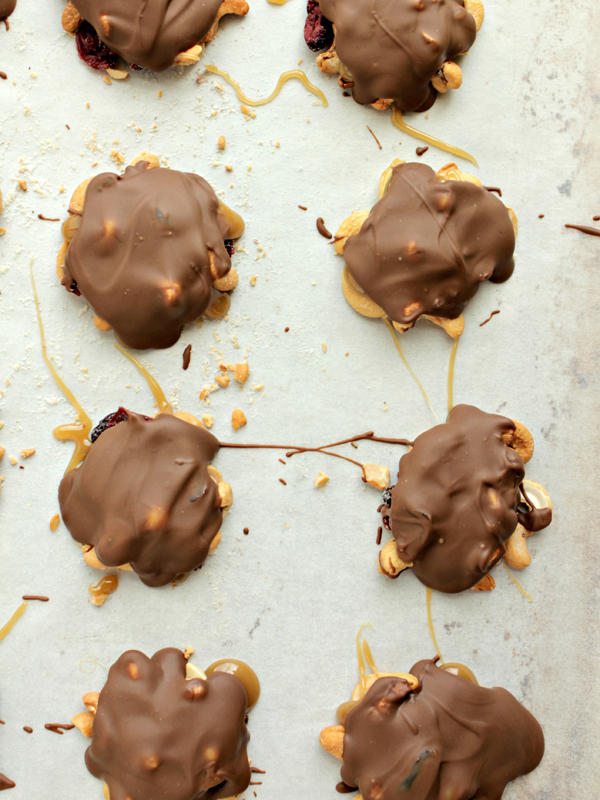
 A candy thermometer (you can pick one up at the grocery store) will make this recipe easier, but if you don’t have one you can use the old-fashioned cold-water method as described below. Be sure to stir constantly, but not whisk, to prevent the mixture from scorching. Be careful and don’t try to taste the caramel: seriously, it will burn you immediately!
A candy thermometer (you can pick one up at the grocery store) will make this recipe easier, but if you don’t have one you can use the old-fashioned cold-water method as described below. Be sure to stir constantly, but not whisk, to prevent the mixture from scorching. Be careful and don’t try to taste the caramel: seriously, it will burn you immediately! 

